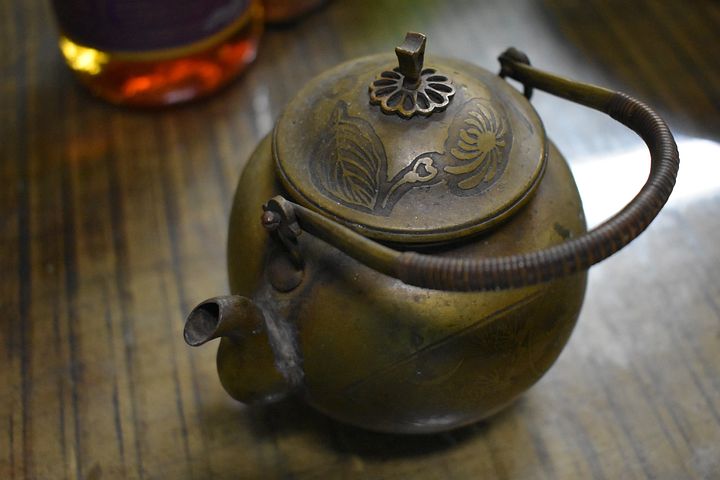Both match tea and green tea are derived from the same Camellia sinensis plant. But in recent years green tea has gained much popularity worldwide not only in the form of beverage but as a skin ingredient too. Let’s understand in detail about green tea and matcha tea and what the difference is between them.
Introduction of Green Tea:
Green tea originally grown solely in China and now a wide range is available in many parts of the world. Green tea is harvested and then quickly heated—by pan firing or steaming—and dried to prevent too much oxidation. Green tea is often less sweet and more vibrant than black tea, although there are many varieties and a vast spectrum of taste.
.
Green Tea Preparation:
Green tea is best prepared at a mild water temperature of 180°-185° F, with a steep time of about 3 minutes. Water that is too hot may result in the release of tannins from the leaves, causing the tea to become astringent. Higher quality green teas can be re-steeped 2-3 times before the flavor begins to degrade. It is suggested that you use about 1 tsp per 8oz cup for optimum results.
Introduction of Matcha Tea:
Matcha is a distinctively flavoured green powder that can be used to create hot beverages, smoothies or added to food. It comes from Japan and is traditionally prepared in a small bowl with a bamboo whisk. In recent years the popularity of matcha has spread across the world and it’s now found in supermarkets, tea rooms and coffee shops. So basically the match is made from high-grade green tea leaves.
Matcha tea is shade-grown in the three weeks before it is harvested. It grows a vibrant green color. The shade increases the chlorophyll levels in the leaves that turn matcha its bright color. Matcha tea leaves are harvested by hand-selecting the best green tea leaves from the plant. The stems and veins are removed, and the leaves are stone-ground into matcha powder.
Preparation of matcha tea:
Matcha tea is prepared in a traditional way using a bowl and a bamboo whisk called chasen. add ¾ teaspoon matcha to a spouted bowl or a glass liquid measuring cup. Add a drizzle of the 2 ounces cool water and whisk to form it into a paste. Add the remaining cool water and whisk vigorously back and forth until a thick foamy layer appears, about 20 to 30 seconds. Heat 6 ounces of water to 175 to 180° Fahrenheit. Pour the foamy matcha into the mug, then stir gently and adjust the sweetness to taste. But if you don’t have chasen you can simply put the matcha powder and cool water in a jar and shake it until it becomes frothy.
Difference between Green Tea and Matcha Tea:
Different taste and varieties of green tea:
Green tea may taste floral, fruity, or nutty. It might feature notes of honey, jasmine, peach, citrus, ginger or other aromas.
Matcha Tea Varieties:
Matcha tea is a soft powder that has a richer, sweeter flavor and a frothy texture. As the beverage contains entire pulverized tea leaves, some people may consider it a form of concentrated green tea.
Caffeine:
The caffeine content in match is high as compared to green tea leaves. If we talk but green tea then around 8oz of cup contains about 15-48mg of caffeine per serving. This measurement varies depending on how long the tea is steeped. The longer the steep time, the higher the caffeine content will be. The caffeine content will lessen each time tea is re-steeped.
Matcha: It contains about 19–44 mg per gram of caffeine.
Green Tea: It contains about 11-25 mg per gram of caffeine.
Health benefits of Green Tea and Matcha Tea:
Green Tea:
- increased mental alertness
- improved working memory
- headache relief
- promotion of weight lss
- digestive symptom relief
Matcha Tea:
- improved memory and cognitive function
- reduced oxidative stress
- fighting of inflammation
- reduced photo aging
- improved markers of metabolic health
- strengthened blood vessels in the heart
- reduced factors of tumor growth in the gut
Which One is better green tea or matcha tea?
Both green tea and matcha tea have their own benefits but matcha has a higher concentration of therapeutic compounds. This is because the shade-harvesting practices of matcha yield higher levels of the alkaloid caffeine, the amino acid L-theanine, and the antioxidant EGCG. Some people prefer one or the other due to flavor preferences or their referred preparation.




